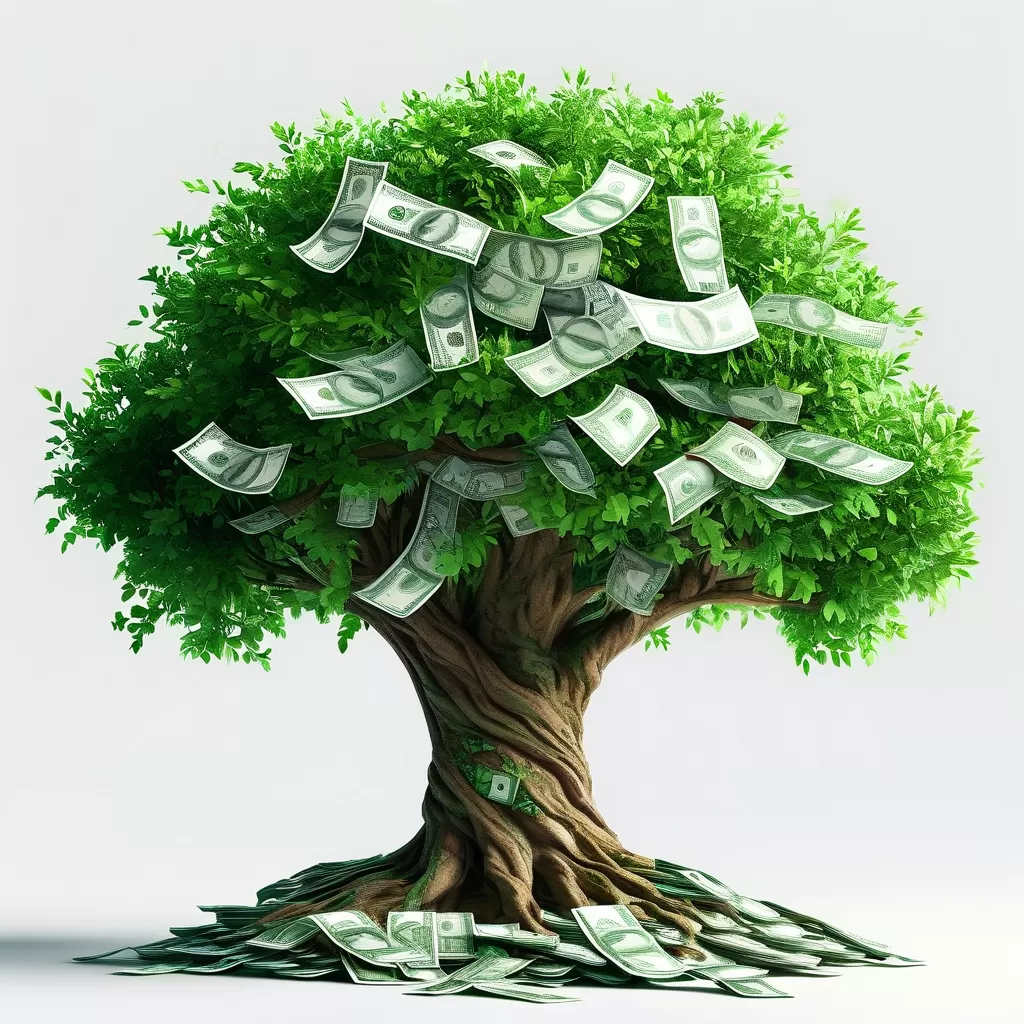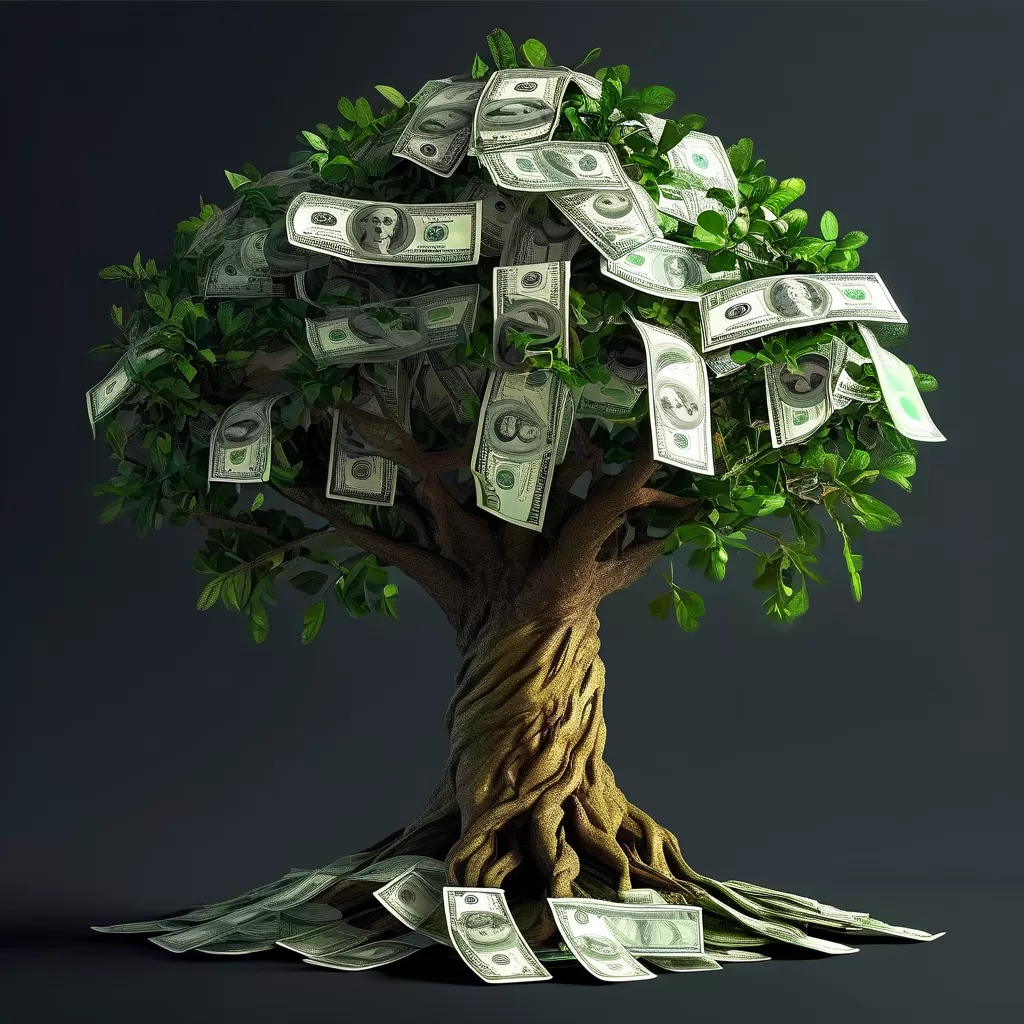Lucky Money Tree: Your Guide to Buying and Plant Care for Prosperity
The sight of a thriving, leafy plant often brings a sense of life and vibrancy to a space, but few carry the potent symbolism of financial fortune quite like the **Money Tree**. Revered in cultures around the world, this unique plant, scientifically known as Pachira aquatica, is more than just an attractive houseplant; it’s a symbol of wealth, prosperity, and good luck. If you’re looking to enhance the Feng Shui of your home or simply want a beautiful, resilient plant to nurture, the Money Tree is an excellent choice. This guide will walk you through everything you need to know about buying your ideal **Money Tree** and providing it with the care it needs to flourish, keeping its lucky reputation strong.
Unveiling the Money Tree: What Makes It a Symbol of Fortune?
The **Money Tree** earns its name from a fascinating origin story deeply embedded in its cultural significance. While the exact origins are debated, the plant’s association with luck and prosperity is widespread. In Feng Shui, the Money Tree is considered a powerful tool for attracting positive energy, particularly related to finances. Its distinctive appearance contributes significantly to this symbolism.
One key feature often cited is its **hand-shaped leaves**. These fronds resemble grasping hands, which are interpreted as the plant “holding onto” or “protecting” wealth. The glossy, deep-green foliage is believed to reflect light and positive energy, further enhancing its prosperity aura. The sturdy, woody trunk formed by intertwining stems adds to its sense of stability and grounded strength.
Interestingly, the **Money Tree** is sometimes linked to tales of sailors or fishermen who carried its parts or representations as talismans, hoping to bring safe returns and abundance from their voyages. This historical connection reinforces its reputation as a protective and fortunate companion. While owning a **Money Tree** doesn’t guarantee financial windfalls, its symbolic power can serve as a positive motivator and visual reminder of your aspirations for financial well-being.
Buying Your Prosperity Plant: Selecting the Perfect Money Tree
Choosing the right **Money Tree** is the first step towards enjoying its benefits for years to come. A healthy plant will thrive and maintain its lucky charm far better than one that’s stressed or neglected from the start. Here’s what to look for when purchasing your **Money Tree**:
Examine the Leaves: The most telling feature is the foliage. Look for leaves that are glossy, deep green, and vibrant. Avoid plants with yellowing, browning, wilted, or spotted leaves. The leaves should feel firm to the touch, not soft or droopy. Check the undersides of the leaves for signs of pests like spider mites or scale insects.
Inspect the Trunk and Roots: A mature Money Tree often has a thicker, woody trunk with a braided appearance. However, many are sold as smaller plants. Ensure the trunk is sturdy and shows no signs of rot or damage. Gently ask the seller if you can see the roots. Healthy roots should be white or light-colored, plump, and actively growing (not circling tightly or protruding out of the pot). Avoid plants with mushy or discolored roots.
Check for Pests: Carefully examine the stems and undersides of leaves. Look for tiny insects, sticky residue (honeydew, a sign of aphids or scale), or webbing (spider mites). If you see pests, consider this plant a potential future problem unless the seller treats it immediately.
Consider the Size and Shape: Money Trees come in various sizes, from small tabletop wonders to large, statement plants. Choose a size that fits comfortably in your space. Some prefer the traditional braided trunk look, while others appreciate the natural form of single-stemmed or multi-stemmed varieties. 41 Best Passive Income Apps [Complete List]
 How to Get Rich from Nothing [Ultimate Guide]
How to Get Rich from Nothing [Ultimate Guide]
Source Matters: Buy from reputable nurseries, garden centers, or trusted online plant retailers. This ensures you’re getting a healthy plant and supports ethical sourcing. Avoid plants that seem unhealthy or come from sketchy sources.
Cultivating Good Fortune: Essential Money Tree Plant Care
Once you bring your **Money Tree** home, providing the right care is crucial for its health and longevity. While resilient, neglecting its needs can lead to decline and potentially drop its perceived luck quotient! Here’s a breakdown of essential care tips:
Light: Finding its Beat
Money Trees are quite adaptable when it comes to light, making them suitable for various home locations. They prefer bright, indirect light for optimal growth, but can tolerate lower light levels, though this might slow their growth and make leaves less vibrant. Avoid placing them in direct sunlight, especially during the hottest part of the day, as this can scorch the leaves.
Think placement like an east-facing window (bright morning light) or a west or south-facing window if you provide some afternoon shade. A north-facing window might work, but expect slower growth. Rotate your plant occasionally to ensure even growth and prevent it from leaning towards the light source.
Water: Less is Often More
One of the most common mistakes with Money Trees is overwatering. These plants are relatively drought-tolerant. Allow the top inches of soil to dry out between waterings. Stick your finger into the soil or use a moisture meter to check. How to Invest 10k in Real Estate [Simple Guide]
When you water, do so thoroughly, ensuring water drains freely from the bottom of the pot. Never leave the plant sitting in a saucer of water, as this can lead to root rot. The goal is to keep the soil moist but not soggy. During the hottest, brightest months, you might need to water more frequently. In cooler, darker periods, reduce watering significantly.
Soil and Potting: The Right Foundation
Use a well-draining potting mix. A standard houseplant mix often works well, or you can amend it with a bit of perlite to improve drainage. Ensure the pot has drainage holes to prevent water from accumulating at the bottom. Repot your Money Tree only when necessary, typically every 2-3 years, when the roots have outgrown the container. Choose a pot that is only slightly larger than the current one.
Temperature and Humidity: Creating a Comfortable Environment
Money Trees thrive in temperatures between 65-80°F (18-27°C). They are sensitive to cold drafts, so keep them away from windows, doors, air conditioning vents, or heating vents. While they can handle average household humidity levels, they appreciate slightly higher humidity. If you notice the leaf tips browning, consider grouping plants together or using a pebble tray with water to increase humidity around the plant.

Fertilizing: Nourishing Growth
Fertilize your Money Tree during its active growing season, which is typically spring and summer. Use a balanced, water-soluble houseplant fertilizer diluted to half the recommended strength. Apply it every 4-6 weeks. Reduce or stop fertilizing in fall and winter when growth slows down. Over-fertilizing can harm the plant, leading to salt buildup in the soil.
Pruning and Maintenance: Keeping it Looking Its Best
Pruning helps maintain the plant’s shape, encourages bushier growth, and removes any dead or damaged branches. You can prune at any time, but light pruning can be done year-round. For shaping, cut just above a leaf node (the point where leaves attach to the stem). To control legginess (long, spindly stems), you can cut the main stem back to a node, which will encourage branching lower down.
Wash the leaves occasionally with a damp cloth or sponge to remove dust, allowing the plant to photosynthesize effectively and keeping its appearance fresh.
Cultivating Your Prosperity: Placement and Mindset
While proper care is essential, the **Money Tree**’s symbolic power also involves placement and intention. To maximize its Feng Shui potential:
Placement: Place your Money Tree in areas associated with wealth and abundance. In Feng Shui, this often includes the southeast corner of the room, as this is the direction associated with money energy. You can also place it in your workplace, such as near your desk or in a corner, to attract professional success and financial gain.
Cleanliness: Regularly cleaning the leaves is not just good for the plant’s health but is also considered auspicious in Feng Shui, as it removes stagnant energy and negative influences.
Positive Intentions: While the plant itself doesn’t actively “work” magic, surrounding yourself with symbols of prosperity can positively influence your mindset and actions. Caring for your Money Tree with diligence and affection reinforces

